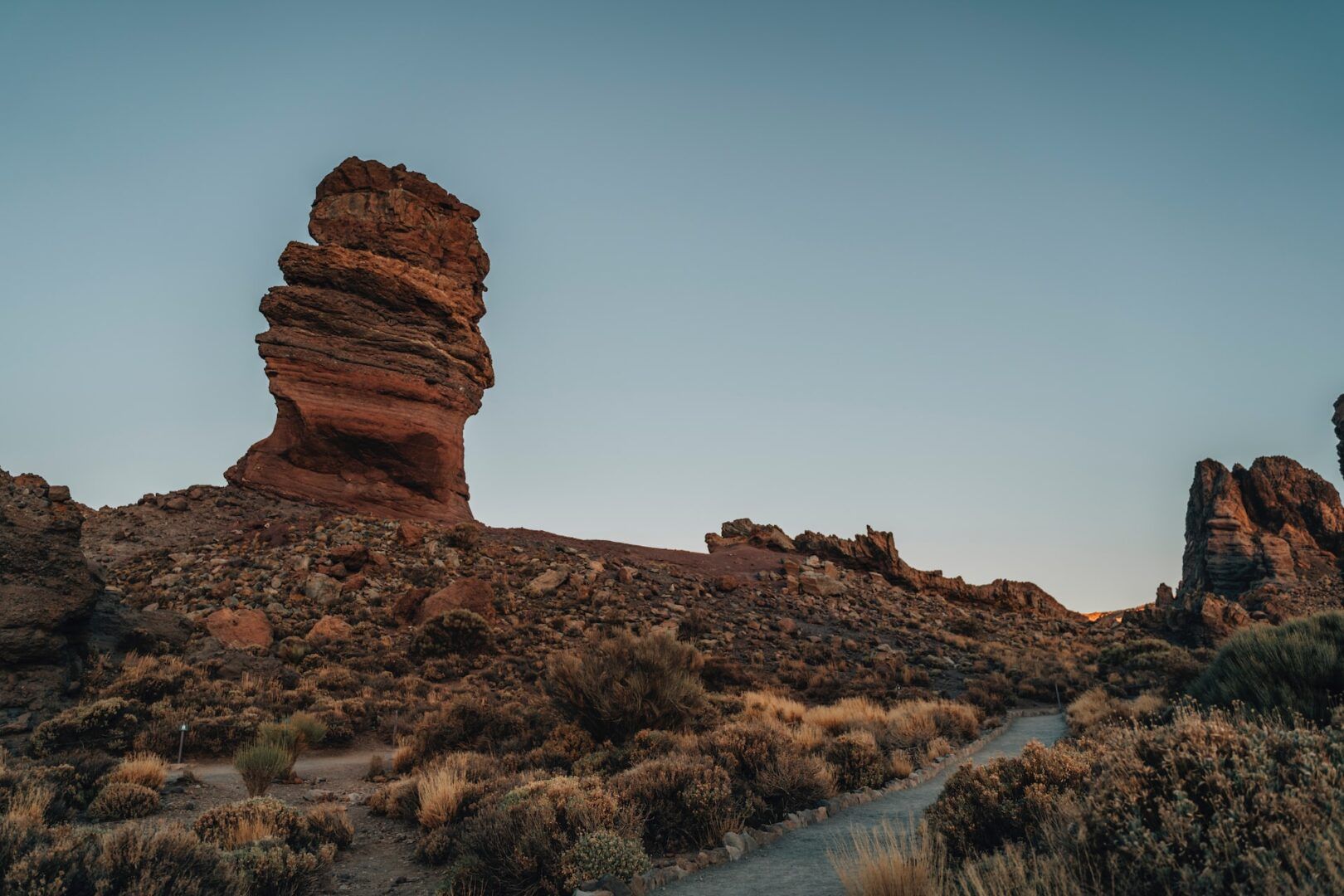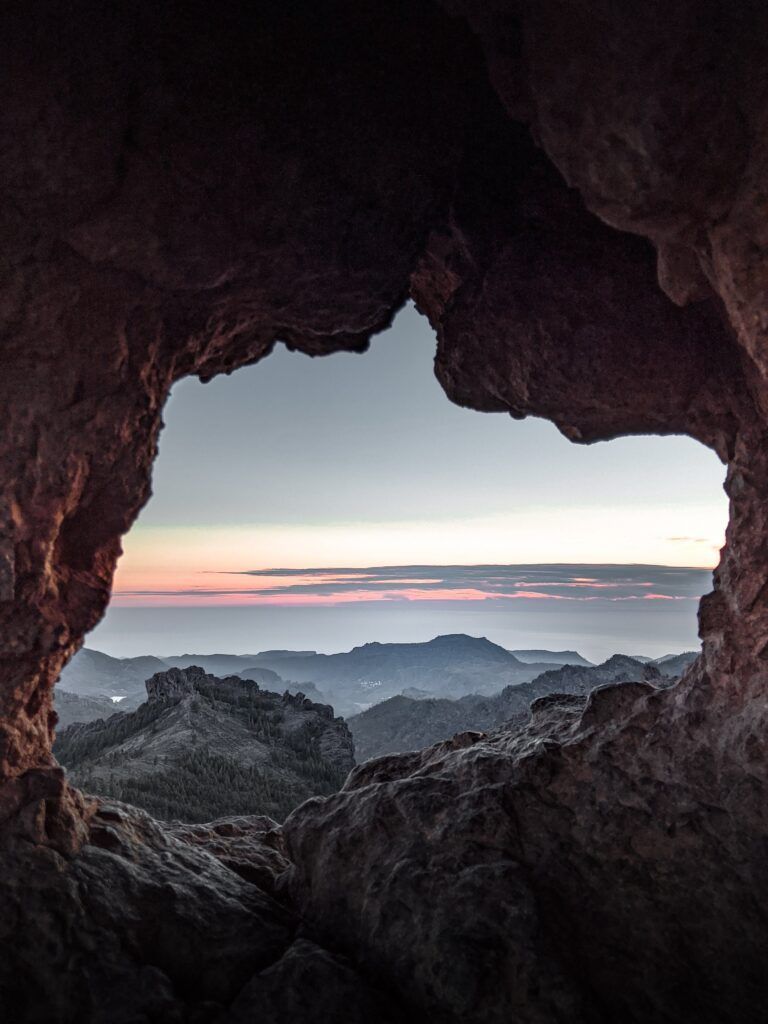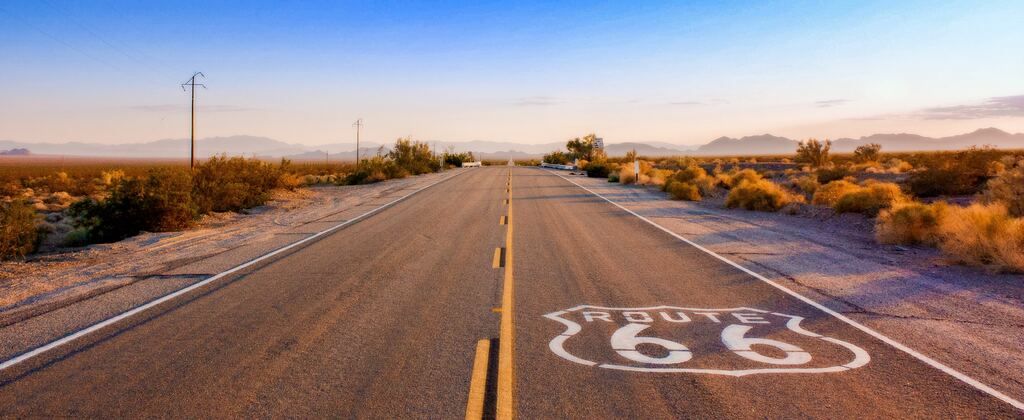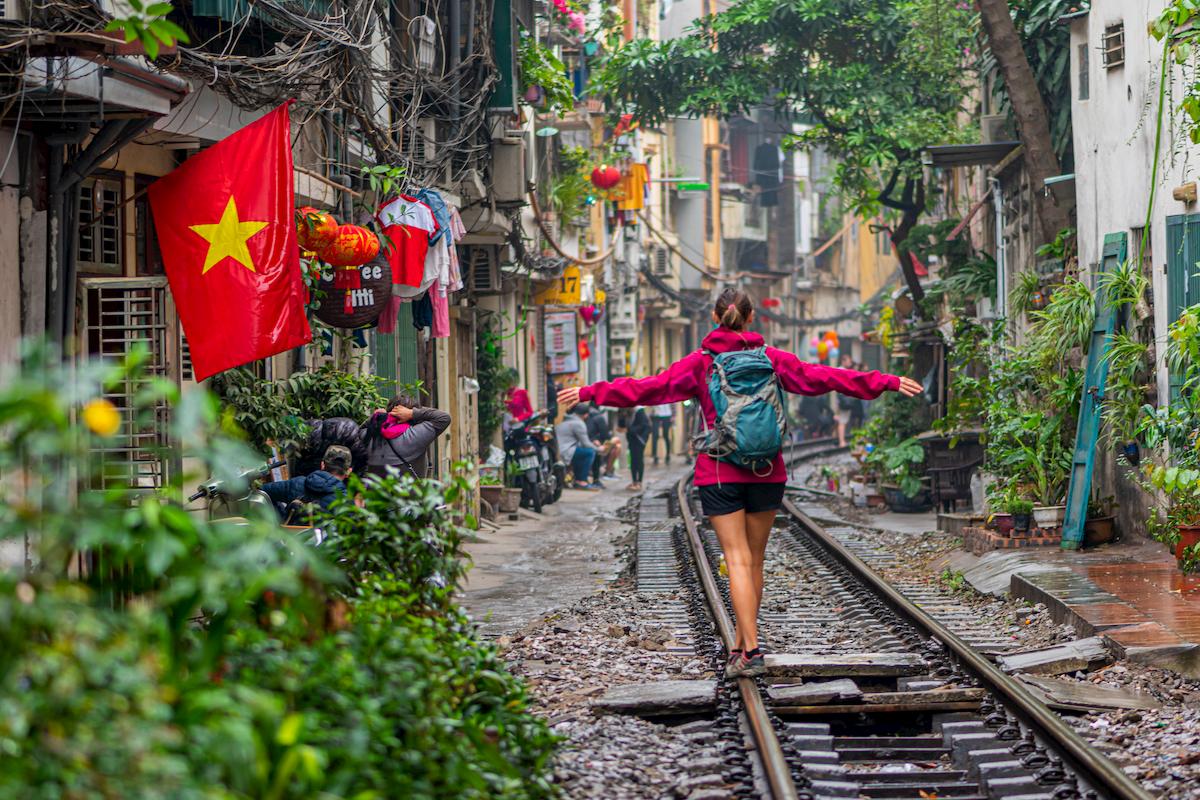

Were you aware that the Canary Islands are a paradise for hiking?
The Canary Islands are geographically closer to Africa than Europe, yet despite this, they are part of Spanish territory. Of volcanic origin, thanks to their morphology and nature you can find a magical hiking path or unmissable park on each island.
There are seven main islands: La Gomera, La Palma, El Hierro, Tenerife, Gran Canaria, Lanzarote and Fuerteventura. There are also several smaller islands worthy of note. They are easily accessible by direct flights from Europe, and you can transit between islands thanks to internal flights or ferries.
The mild spring/summer climate throughout the year makes them perfect destinations for European tourism. Through this piece, we will not discover the beaches (which are beautiful!) but the best hiking excursions that you can do in the Canary Islands. Setting off from Tenerife, where the Teide gives us the highest volcano in Europe. Then go in search of the most exciting routes in the various islands, where you can put your skills as hikers into practice. Trekking is undoubtedly one of the best sports activities to enjoy in this archipelago.
But first, let’s start with some basic information. Spanish people, who like to translate every word, don’t often use the word hiking. What they use is “senderismo”, from “sendero”, which means path/trail. We bet you can’t resist the desire to dust off your boots and set off on this adventure. Are you ready?
Tenerife, discovering Teide and Masca

At 3,718 metres above sea level, the Teide is the beating heart of the island of Tenerife. The Parque Nacional del Teide has no fewer than 41 different itineraries, but to get to the so-called Pico del Teide you need a special permit. If you cannot get your hands on one, you still have the chance to sleep at the Altavista cabin, at 3,250 metres, and reach the peak without a permit, provided that you leave the path before 9 in the morning (they are sticklers for the rules!!!).
Keep in mind that the visit to the Teide National Park is one of the most famous tourist excursions, not only in Tenerife but throughout the Canary Islands. Special tips: on the Spanish Government website you can find the network of trails. Along with it is a detailed explanation of the difficulties and all the details for a perfect day of hiking in the Canary Islands. You can then take a look and choose the path that best suits you.
You can reach the Park either by bus (called “guagua” in the Canary Islands) or by cable car. The latter sets off from an altitude of 2,356 m and reaches the La Rambleta station, at 3,555 m. From this station’s viewpoint, if the weather is on your side, you can observe Gran Canaria, La Palma, El Hierro and La Gomera. Another famous hiking trail in Tenerife is the Barranco de Masca. With its 10 km, you can find it in the northwest part of the island. The path requires a minimum of physical preparation, and also in this case you need to book.
To start the Barranco de Masca you will have to reach the Visitor Centre. Tip: go by taxi or bus, there are few parking spaces. Here you will also be equipped with a helmet, to be returned at the end of the day. The path is well signposted, and you will find yourself walking between very high walls (about 400m), areas of cultivation and dense vegetation. After about two and a half hours of walking, you will be rewarded with a view of the sea and the island of La Gomera.
Time for a brief stop on the beach, and off we go. Obviously, there are many other wonderful trails, but the Teide and Masca, are undoubtedly the unmissable ones!
Hiking in the Canary Islands: La Gomera, El Hierro and La Palma

Each island of the Canary Islands, even the smallest, has a wonderful national park with its own peculiarities. La Gomera, El Hierro and La Palma are the smaller islands, but no less beautiful! Here you can find some of the most fascinating trails for hiking enthusiasts. They are only accessible by ship from the major islands, and consequently, are the least frequented by mass tourism. The Garajonay National Park awaits you on the island of La Gomera, with its 18 itineraries, all fairly easy and not too long. A UNESCO World Heritage Site, where we can walk among the Laurel trees that reach up to 40 metres in height. If you prefer a guided tour, every Friday the guide is free.
If you are interested in seeing a volcanic caldera of about 1,500m, then we must head on over to La Palma. Here you can visit the Caldera de Taburiente National Park, with its 13 paths with varying degrees of difficulty. Here too, as in all the parks on the island, as soon as you arrive you will be given a map with all the trails. One of the most spectacular, not only of the park but of the whole archipelago, is path number 9. It leads to the Mirador del Roque de los Muchachos, where you can view one of the most magnificent sunsets of the Canary Islands. Here you will also find fantastic optical telescopes in the beautiful observatory, where you can devote yourself to astronomy. In fact, this island is well known for its starry skies.
Moving on to the last of the smaller islands, El Hierro, which boasts more kilometres of trails than tarmac. A proper paradise for hiking enthusiasts! Here we find the famous Camino de Jinama, a very challenging path, with an elevation of approx. 850m in merely 8 kilometres. The trail is known for its breathtaking view of the gulf, as well as being one of the oldest on the island. If you are looking for an easier track, you could consider the Llanía trail of about 7 km. Hereyou go from a dense and humid forest to yet another fabulous view of the gulf.
Hiking in Fuerteventura, between sea dunes and excursions

Moving to the islands further east of the archipelago, to discover other beautiful natural routes. Let’s start with Fuerteventura, the island of wind. Fuerteventura does not have many peaks, so the hiking that you can do here does not have particular elevations. For those less accustomed to mountain walks, this can be an advantage, but even those seeking breathtaking views get their money’s worth! One of the most famous routes is located on a smaller island, Isla de los Lobos. It is situated north of Fuerteventura and can be reached by sea.
It is a circular path, on a now completely uninhabited island. The highest point is La Caldera at 127m where you can see Lanzarote. Here you can walk in unspoilt nature, alternating volcanic soils with beaches and views of the gulf. Returning to the main island, we point out the beautiful Caldera de Gairía, climbing the volcano of Gairía you can approach its caldera and admire the spectacular lunar environment, typical of volcanic areas. The volcano gives us, at the highest point reachable with a difference in altitude of 480m, a spectacular all-round view of the island.
Excursions to Lanzarote: the island of the Timanfaya Park
Lanzarote is also called the island of sport and it attracts a huge variety of cyclists and lovers of water sports every year. No worries, though! Also here there are several highly appealing excursions. The main one that touches one of the highest points of the island, is the Caldera Blanca. Also in this case you reach a caldera, this time of about 1.2km. Along the route, you can visit a minor one, called Caldereta.
From the top, you can see Timanfaya Park, the most important natural park on the island, which undoubtedly deserves a thorough visit. One of the crucial parks in the archipelago, here you can book for two main trails. You will be accompanied by a guide (Spanish or English).
Ah, most importantly: these guides are free! That’s perfect, isn’t it?
Net of savings, we are sure that even hiking in Lanzarote will conquer you. It seems like you are on Mars!

Gran Canaria excursions to Roque Nublo and Pico de las Nieves
Lastly, we embark upon another noteworthy island to discover, Gran Canaria. Together with Tenerife, it is undoubtedly one of the most frequented islands by mass tourism, also due to the excellent air connections with the continent. I can promise that the excursions to Gran Canaria will not disappoint hiking enthusiasts.
In fact, this island has a vast variety of landscapes. The Roque Nublo is undoubtedly one of the most famous attractions on the island and it is perfect for hikers. Located within the rural park of Nublo, in the municipality of Tejeda, you can reach it in just 3 km. The whole park offers wonderful walks. Case and point, the Pico de las Nieves at 1,949 metres above sea level. This is the highest point on the entire island of Gran Canaria and boasts a breathtaking view. Although it could be very easy for hiking lovers, the path that leads to the Barranco de las Vacas is absolutely recommended. The Gorge looks terribly like the most famous Antelope Canyon in the United States.

Here are the latest tips for a perfect hiking in the Canary Islands!
Tips
In all the tourist centres around the islands and parks, you can easily pick up maps of trails. If you feel unsure about taking some of the routes alone, there are several guided tours, with explanations in English and Spanish.
Always remember to carry hiking poles for the excursions, at least 2 litres of water and a backpack of about 20L. The weather may vary during the routes, so wear suitable clothing for the season. Do not forget to bring a layer for heat (a fleece for example) and a wind/rain jacket. We don’t have to remind you about boots, do we?
Equally important are sunscreen and a hat. Many of the trails, especially the volcanic ones, are devoid of vegetation and therefore highly exposed to sunlight. Hiking (not only in the Canary Islands) is undoubtedly an activity that easily unites people who do not know each other, providing the pleasure of walking and challenging each other.



